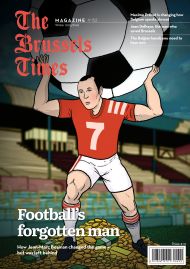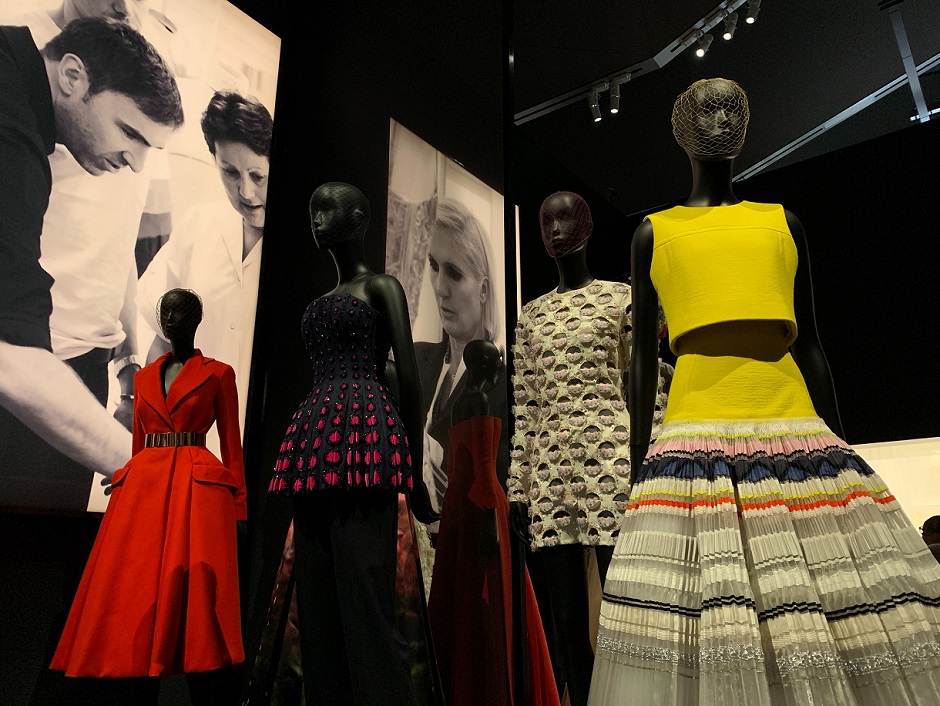Recently, I have been thinking about the differences between textile and fashion. For me, the issue has always been clear: textile is fashion. However, it seems to be more complicated than that. It does not help that textile and fashion are often considered as the same concept, if not even as interchangeable words.
Having grown up in Italy, in the textile city for wool and cashmere – a town on the Alps called Biella – textiles has always meant fashion. Indeed, the fabrics produced in Biella serve the international high fashion industry featuring in fashion shows in Paris, Milan or New York, in high end boutiques all over the world both for menswear as well as womenswear.
This bias is also caused by growing up in a country where fashion is everywhere. In Italy, fashion is part of everyone’s daily life: from catwalks on the news to shops on the streets of Milan, and it goes beyond one’s financial opportunity to buy or not the products. As Italians, we also take huge pride in the Made in Italy label, secretly snubbing anything that does not have it.
Fashion has also a tremendous economic impact on the national economy with a turnover of €107 billion in 2022. Besides, the creative element which is usually associated with fashion is an integral part of the Italian textile industry, with designers from international fashion houses working very closely with technical designers in the mills creating and developing ad hoc textile in terms of designs as well as technicalities.
However, since coming to Brussels, my understating of the textile industry has expanded. Despite the textile industry having a fundamental part in the fashion industry, it goes beyond that. The European textile industry includes home textiles, technical textiles for the automotive industry, technical textiles for protection and working garments, textiles for the health services, non-woven fabrics, technical precision fabrics for high-tech products. Furthermore, textiles are everywhere around us, far beyond just the clothes we wear: the carpet we walk on, the chairs and sofas we sit on, even the filters we talk through in our iPhones.
Similarly, fashion is not just textiles and clothing either. Fashion is a broad creative landscape of different products, where leathergoods, footwear, jewelleries as well as perfume, makeup and skincare are all part of the fashion industry – to get an idea, the global perfume market reaching almost €40 billion in 2022. And fashion is also much more than just product: think about the tight relationship between fashion, music and art (anyone has seen Pharrell Williams recent Louis Vuitton menswear show?).
Finally, fashion also expands into psychology with deep implications of what fashion means as a way of self-identify, self-awareness and self-love: for example, dopamine dressing is a real trend now as the rich sensory input – colour, shape, texture – of clothes have the power to make your brain zing.
On a more attentive scrutiny, then, textile and fashion appear to be separate but complementary worlds that interact and overlap while still keeping their own identity: like a Venn diagram, with textile on the one side and fashion on the other with a large part of their sets overlapping and creating a great intersection, but still leaving some parts free.
At such crucial moment for European policies revolutionising the textile ad fashion industries, policy makers cannot ignore this deep and complex relationship. Indeed, policy makers must be well aware of the tight interdependency of textile and fashion at an economic, social and cultural level and must take it into account when discussing, writing and implementing policies that have a real impact on European society. Despite remaining independent, textile and fashion cannot exist without each other.


